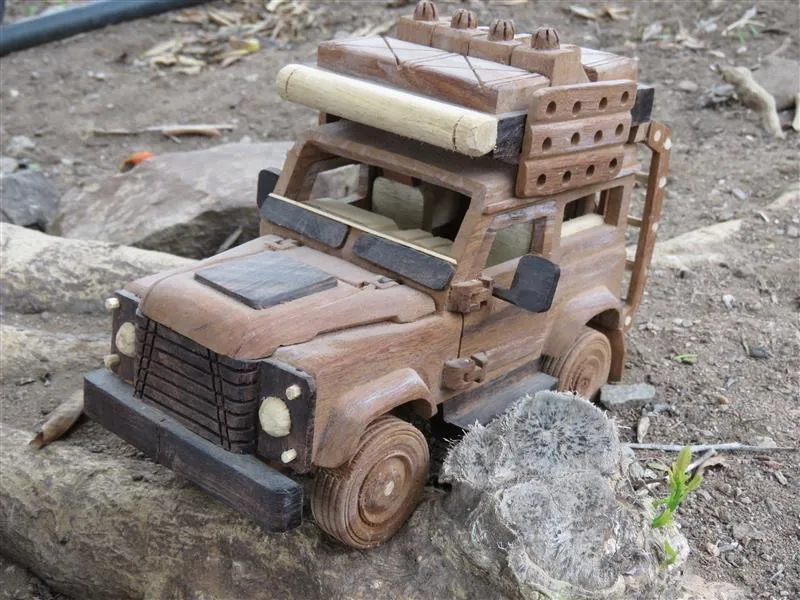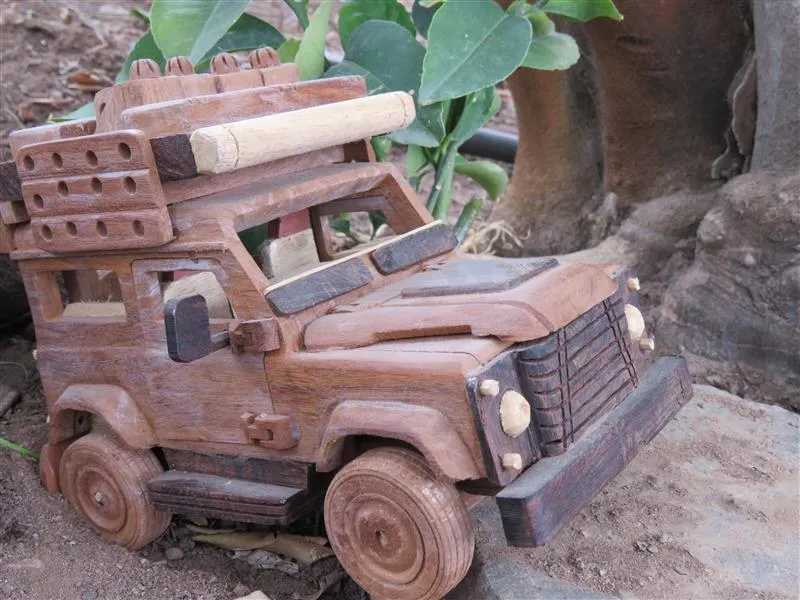
"Play is the highest form of research" Albert Einstein.
Don't you love how you buy ingenious educational toys - but your child plays with the box! It would be far cheaper to bring home a load of boxes. But having these amazing toys allows my son's parents to relive their childhoods.
Children connect all the elements of their life as they play. Their remarkable little brains are making all the connections and storing away information that is critical for their developing personality. Play is essential for creativity. It is also how they learn to interact with the world around them. The basics of life, which we take for granted, a child will spend delighted hours studying and testing. My son loves gates. He also loves animals. He loves to open gates for the innocent looking chickens or opportunistic goats to free range into our veggie gardens.
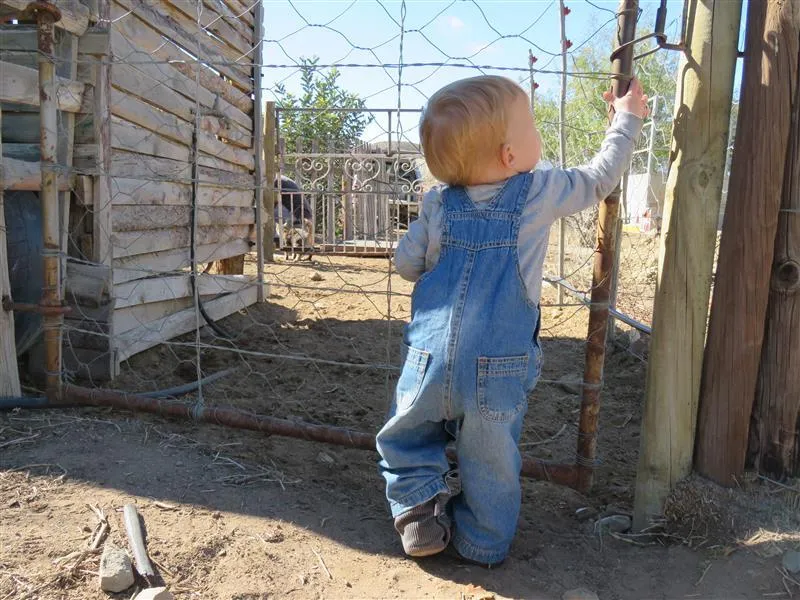
Thousands - hundreds of thousands - are spent on toys for children. And yet their needs are really basic. It is the environment we create or inflict on them that teaches them to be dissatisfied. We can wander into our homesteading garden armed with toys, and yet my little boy will prefer to dig with a small spade in the soft soil, or to open and close the gates. Have you ever considered the the safety of toys and the impact they have on your child’s health? I'm not talking about choking hazards. I'm talking about plastic.
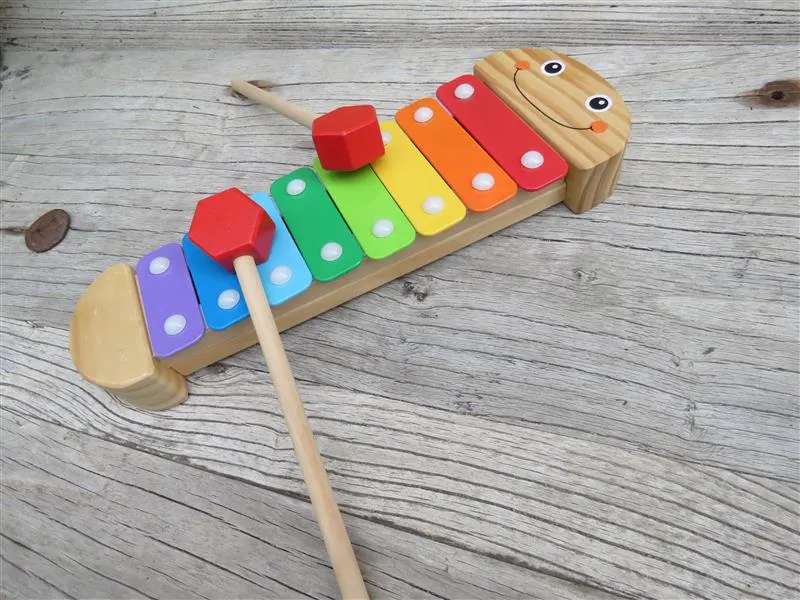
Plastic has filtered into every area of our lives and our children's lives. Think about it. Plastic toys. Plastic wrapped food. Plastic eating implements. Plastic containers of bath products. Plastic shoes. Playground equipment. Raincoats. Flooring. The list is endless. And our dependency on plastic is growing. From birth we slap a chemical laden diaper on the little bottom and a plastic pacifier or bottle in their little mouth. You don't have to look to far to find why plastic is so dangerous.
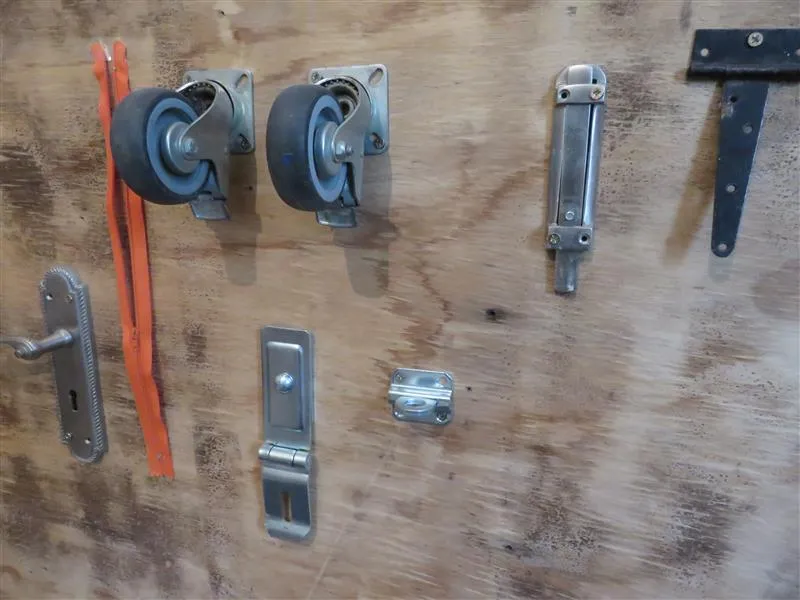
Safbaby Founder Mike Schade says; "The best way to avoid the use of phthalates, lead, cadmium, organotins and other toxic additives in children’s toys is to avoid vinyl/PVC all-together....PVC is a plastic that stands for polyvinyl chloride, and is commonly referred to as vinyl. Vinyl is the most toxic plastic for children’s health and the environment on the planet. From production to use to disposal, vinyl uses and releases fundamentally hazardous chemicals such as vinyl chloride, ethylene dichloride, chlorine gas, mercury, dioxins, and numerous other chemicals of concern. These chemicals are linked to serious health problems including cancer, diabetes, learning and developmental disabilities, reproductive health problems, etc. There’s no safe way to make this plastic..."
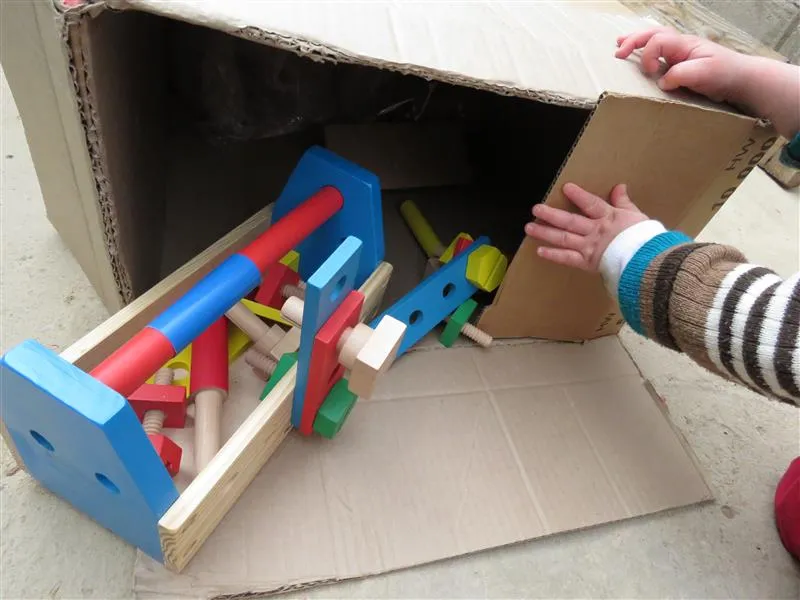
The reality is that turning our back on plastic is not going to be easy. It will take concerted effort, sacrifice and a community outcry. We need healthy alternatives. Plastic is convenient. Plastic is cheap. A lot of what we buy is only available in plastic. Even health products. You'd think we should know better. And yet you can buy amazing natural products - in plastic packaging! And let's face it food doesn't freeze in glass. I've tried. Yes I do what I can. We only wear natural fibres. I make my baby's cloth diapers. Both the food and skin care products I make is stored in glass. My baby's toys are mostly wooden. (Although there's the much loved Lego.) But after recently getting results back linking my autistic stepsons continued volatile behaviour to "extreme plastic toxicity" I am making a concerted effort. It's not about convenience it's about a vital life. For my family. For the environment. And as we phase out the plastic, perhaps we should learn from my son and play with cardboard boxes...
